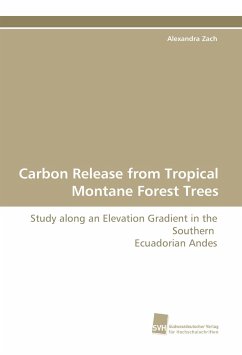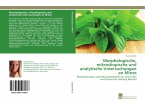Extending over a large altitudinal range, changes in
structure and functionality of tropical mountain
forests (TMFs) are mainly driven by increasing cloud
frequencies and high atmospheric humidity with
increasing elevation. One of the most marked changes
towards higher altitudes is the shift in C
allocation from above- to belowground plant organs
leading to a considerable decline in average tree
height. The present dissertation focuses on the
accompanying changes in the C release from stems and
coarse woody roots along a montane forest transect
in the Andes in Ecuador. Data provide insight into
important respiration-productivity relationships of
a little studied tropical vegetation type. Stand-
level extrapolations along the transect are embedded
in first complete C balances for tropical montane
forests. This comprehensive study is a valuable tool
for ecosystem ecologists and modelers.
structure and functionality of tropical mountain
forests (TMFs) are mainly driven by increasing cloud
frequencies and high atmospheric humidity with
increasing elevation. One of the most marked changes
towards higher altitudes is the shift in C
allocation from above- to belowground plant organs
leading to a considerable decline in average tree
height. The present dissertation focuses on the
accompanying changes in the C release from stems and
coarse woody roots along a montane forest transect
in the Andes in Ecuador. Data provide insight into
important respiration-productivity relationships of
a little studied tropical vegetation type. Stand-
level extrapolations along the transect are embedded
in first complete C balances for tropical montane
forests. This comprehensive study is a valuable tool
for ecosystem ecologists and modelers.








